Managing tree growth takes more than pruning; it requires science-backed balance. That’s why Truetimber offers professional plant growth regulator service in Richmond, Virginia, designed to slow excessive tree growth while improving vitality. With over 25 years of experience, our ISA-Certified Arborists help property owners control size, enhance root development, and extend the life of valuable trees through safe, measured applications of tree growth regulators.
Our process starts with evaluating soil conditions, root structure, and growth patterns. By applying targeted growth regulator treatments, Truetimber redirects energy from canopy expansion toward stronger root systems, improving drought tolerance and nutrient absorption. This service is especially beneficial in urban areas where trees compete for limited space and soil resources. Learn more about our Plant Health Care approach that complements growth regulation for sustainable results.
We proudly serve Richmond, Midlothian, Chesterfield, Henrico, Mechanicsville, Bon Air, Glen Allen, and surrounding Central Virginia communities. Our certified team follows ANSI A300 standards for precision and environmental safety, ensuring every tree receives the right balance of treatment and natural growth support. If your trees are growing too close to structures or overhead lines, Truetimber’s expert care can help you manage height and shape effectively without compromising tree health. Discover our Tree Pruning Services for ongoing structural balance and safety.
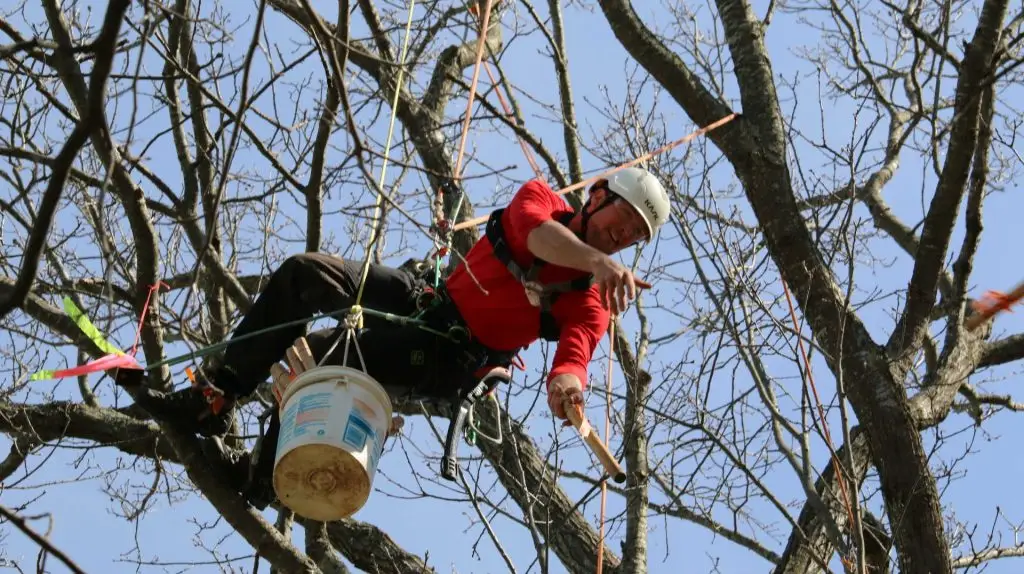
Richmond is home to a diverse and beautiful urban forest, filled with mature trees that add character and value to properties throughout the city. However, many of these trees were planted decades ago—long before today’s homes, roads, and infrastructure existed. As a result, some trees now grow in tight, confined spaces or under environmental stress that impacts their long-term health and stability.
In these situations, a tree growth regulator (TGR) can be a helpful tool to manage canopy size and promote healthy root development below ground. TGRs can also be used to manage the size and health of shrubs, significantly reducing their growth rate and maintenance needs.
In a typical growing season, many trees can put on 12 to 24 inches of new vertical growth. With a TGR application, this growth is significantly reduced. TGRs gently and predictably slow the vegetative growth of trees. You may also see smaller leaves and tighter spacing between nodes, which can benefit water conservation.
TGRs work by shrinking the stomata—tiny pores on the surface of leaves responsible for gas exchange—resulting in improved water retention. This shift in energy allocation encourages the tree to invest more in root development and internal strengthening, which can improve its ability to tolerate stress from drought, construction, and compacted soil.
Additionally, systemic plant growth regulators can control the size and shape of tree branches, particularly in urban environments where limbs may encroach on utility lines.
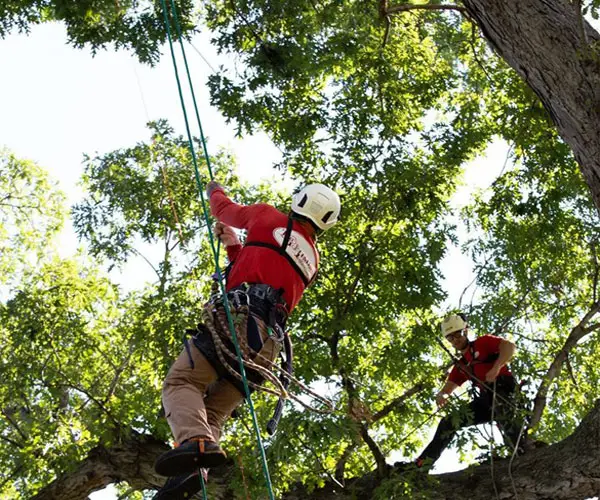
Information Goes Here
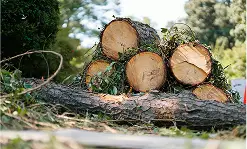
Information Goes Here
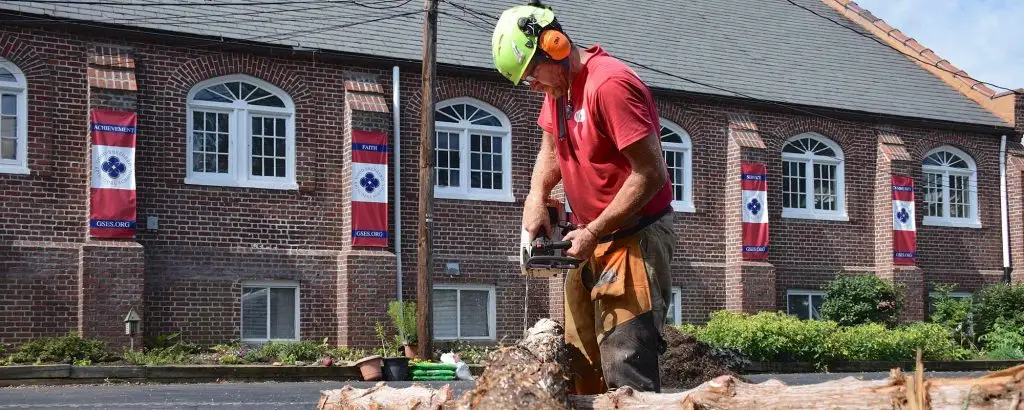
Information Goes Here
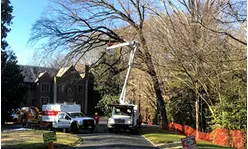
Information Goes Here
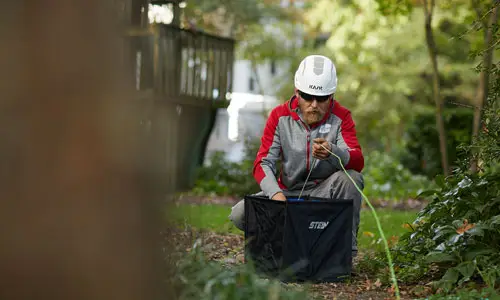
TGR treatments are designed to be minimally invasive, with little to no disruption to your landscape. A certified arborist can apply the solution using one of two methods:
TGRs are a systemic chemical solution that is absorbed through the roots and transported throughout the tree’s vascular system.
Once the treatment is applied, the tree naturally absorbs the solution through its roots. From there, the active ingredients are transported throughout the tree’s vascular system, typically becoming fully effective within a few weeks. The effects of a single application generally last two to three years.
While growth regulators produce many benefits, they are not suitable for every tree or every situation. Certain species, such as Japanese Maples and Lacewing Elms, may react poorly to these treatments. Additionally, overuse or improper application can lead to negative effects, such as overly small leaves, chlorosis, or stunted long-term growth.
Treated trees may exhibit different growth patterns and health benefits compared to untreated trees. Growth regulators that inhibit gibberellin can lead to reduced shoot and branch elongation, making trees more manageable in urban environments. These treated trees not only show reduced growth but also improved health and resilience to pathogens.
Before proceeding with any growth regulation treatment, it’s important to understand the tree’s species, current health status, and history of care. Because TGRs remain active in the tree’s system for several years, timing and dosage are critical. That’s why consulting with a Certified Arborist is always recommended—they can assess whether your tree is a good candidate and ensure that any application is done safely and effectively.
There are several strategic reasons to consider using a tree growth regulator on your property. TGRs help manage the accelerated growth rate and overall size of trees, making them more suitable for urban environments. They are essential tools for managing and controlling tree growth in various landscapes. TGRs also enhance disease resistance by improving the tree’s fibrous root growth and overall health.
TGRs are not a one-size-fits-all solution, but when applied correctly, they can support tree health in specific, often challenging environments.
Urban settings often leave little room for trees to expand. When trees are planted too close to buildings, driveways, or sidewalks, excessive growth can cause structural issues or lead to frequent, aggressive pruning.
TGRs can significantly reduce the need for pruning, thereby decreasing maintenance efforts. TGRs can help slow canopy growth, maintaining a safer and more manageable size without compromising the tree’s overall vitality.
Construction projects near trees often result in root disturbance, compacted soil, or physical damage. Applying a TGR can help redirect a tree’s energy away from canopy expansion and toward root regeneration, giving the tree a better chance to recover and reestablish itself.
In periods of drought or inconsistent rainfall, trees can suffer from water stress. TGRs help trees improve carbohydrate storage, which is crucial for maintaining energy reserves during periods of drought. By reducing the rate of transpiration through smaller leaves and tighter stomata, a TGR application can help trees retain more moisture, support cellular function even in dry conditions, and aid in the ability to ripen fruit.
Some trees may struggle due to poor root structure, limited space underground, or compacted soils. TGRs help stimulate the growth of fine roots, which are essential for nutrient uptake and water absorption, thereby improving the tree’s ability to absorb essential nutrients and enhancing the overall health and resilience of the tree.
Tree growth regulator pricing depends on tree species, trunk diameter, and the number of trees being treated. Costs are calculated based on the volume of product required, which is determined by measuring the trunk diameter at breast height. Our ISA-Certified Arborists provide free consultations with transparent pricing. Most treatments last 2-3 years, making growth regulators a cost-effective alternative to frequent pruning.
When applied correctly by trained professionals, tree growth regulators are safe and beneficial. TGRs don’t reduce total tree growth—they redirect energy from canopy expansion toward stronger root systems, improved drought tolerance, and disease resistance. Our arborists evaluate each tree’s health before recommending treatment.
A plant growth regulator service uses professional-grade formulations to reduce canopy growth and redirect nutrients to the root zone. Unlike trimming, this method maintains a tree’s natural beauty while improving stability and health. Our Richmond, Virginia team applies these treatments with precision, ensuring maximum benefit and minimal stress to the plant.
TGR treatments use one of two minimally invasive methods. The trenching method involves digging a shallow trench 2-3 inches deep around the tree’s root flare and applying the solution evenly around the circumference. The soil injection method uses specialized tools to apply measured doses directly into the soil surrounding the root zone. Both methods cause little to no disruption to your landscape, and a single tree typically takes 10-35 minutes to treat.
Avoid pruning for at least 25 days after a TGR application to allow the treatment to absorb and distribute through the tree’s vascular system. After this period, pruning can proceed normally. One benefit of growth regulators is significantly reduced pruning needs—treated trees may require up to 53% less prune and chip time compared to untreated trees.
You should consider a tree growth regulator treatment if your trees grow too quickly, encroach on buildings or power lines, or show signs of root stress. Trees in compacted soils or limited urban spaces benefit most from this solution. Growth regulators are also valuable for trees recovering from construction damage, experiencing drought stress, or competing for limited resources in urban environments. To explore holistic solutions that complement regulation, visit our Soil Treatment Services page.
Most growth regulator applications last between two and three years, depending on the tree species, environmental conditions, and soil health. Growing season length affects duration—areas with longer growing seasons may see shorter control periods as trees metabolize the treatment faster. During that time, trees develop stronger root systems and improved resistance to drought and disease. Our team schedules reapplications based on diagnostic visits to ensure consistent results.
Most deciduous trees respond well to TGR treatment, with oaks, maples, elms, and ash showing excellent results. However, certain species may react poorly—Japanese Maples can be easily over-regulated and typically require reduced dosing. Lacewing Elms may also respond negatively. Our certified arborists assess species compatibility and current health before recommending treatment to ensure optimal results for your specific trees.
TGR products have limited mobility in soil and stay bound until absorbed by target tree roots. However, if surrounding vegetation roots contact the application area, their growth may be affected. Our arborists carefully evaluate site conditions and root zones before application. The treatment won’t leach through soil from the treatment area, making it safe for use in residential landscapes when applied correctly.
Yes. Truetimber only uses environmentally responsible tree growth regulator products that meet state and federal safety standards. The EPA has approved paclobutrazol-based products with no reported adverse effects on people, pets, or wildlife when applied as directed. The treatment is applied directly to the soil around the tree’s base, minimizing runoff and ensuring targeted absorption. For clients interested in sustainable tree health, explore our Holistic Tree Care Programs to pair with this service.
While pruning physically removes branches, a plant growth regulator service modifies growth at the physiological level. TGRs inhibit gibberellin production, slowing cell elongation so trees produce more compact growth. This creates longer intervals between pruning cycles—40% to 70% less growth over three years—and promotes denser, healthier foliage. When combined with professional trimming, it provides both aesthetic and biological benefits.
For over two decades, Truetimber has delivered expert arboriculture across Central Virginia, focusing on sustainable, data-driven care. Our ISA-Certified Arborists provide transparent recommendations and customized treatment plans to suit every property type. As a local Richmond company, we understand regional soil conditions and tree species, giving us the insight to deliver precise, lasting results through every plant growth regulator service. We serve Richmond, Midlothian, Chesterfield, Henrico, Mechanicsville, Bon Air, Glen Allen, and surrounding Central Virginia communities.
If you’re considering a tree growth regulator treatment in Richmond, the experienced team at Truetimber Arborists is here to help. Our knowledgeable Tree Care Advisors can evaluate your trees, assess site conditions, and determine whether a TGR application is the right choice for your landscape.
We also offer growth regulator services for landscape ornamentals, helping to manage their growth and health.
We’re committed to helping you make informed, responsible decisions for your trees—always with their long-term health in mind. Contact us today to schedule a consultation and take the next step in supporting your trees with professional care.